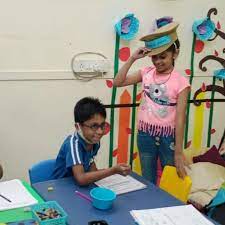
PHONICS
Phonics is a method of teaching reading and writing that focuses on the relationship between sounds (phonemes) and letters (graphemes). It helps learners understand how letters and letter combinations represent specific sounds in words. By learning phonics, children can decode (sound out) words, which is a key skill in early literacy development.
For example, in phonics
- The letter "b" makes the /b/ sound (as in bat).
- The combination "sh" makes the /sh/ sound (as in ship).
Phonics instruction usually involves teaching the sounds of individual letters, then blending those sounds to read words, and eventually recognizing more complex letter combinations (like "ch," "th," and "ai").
Overall, phonics is an essential foundation for reading fluency and helps children become more confident readers and writers.

